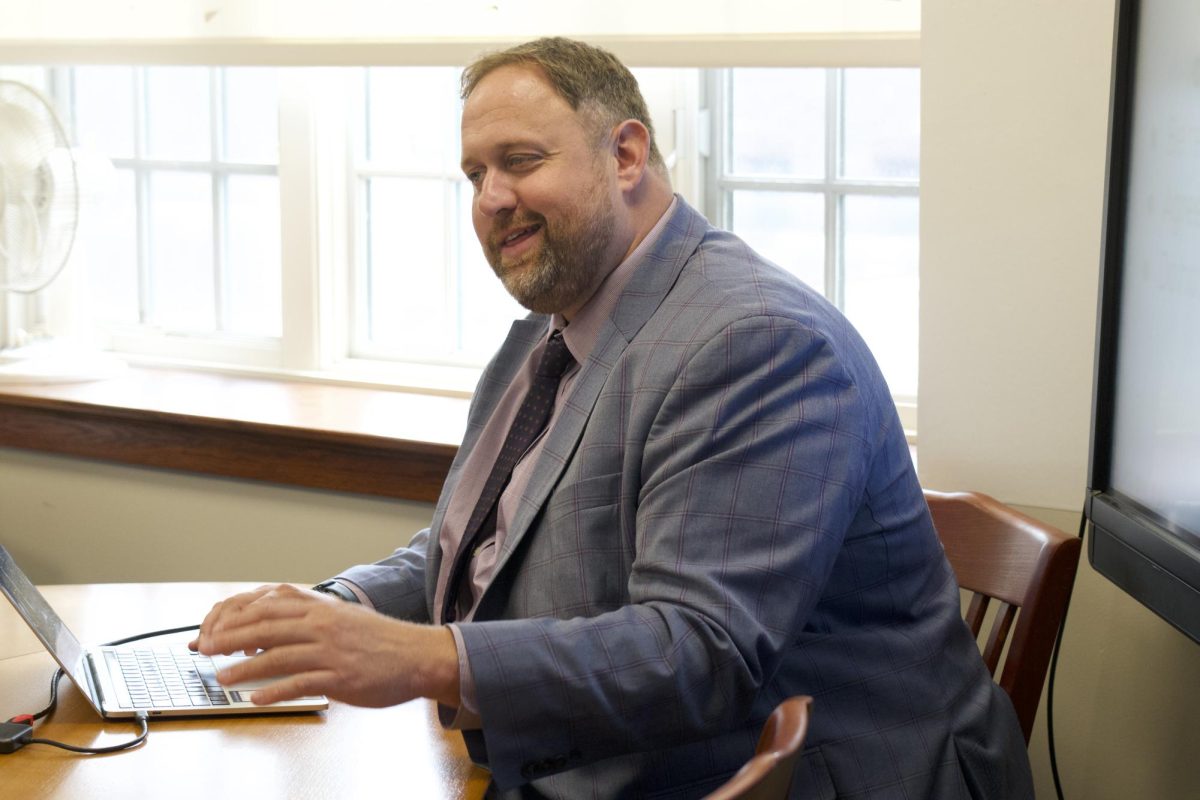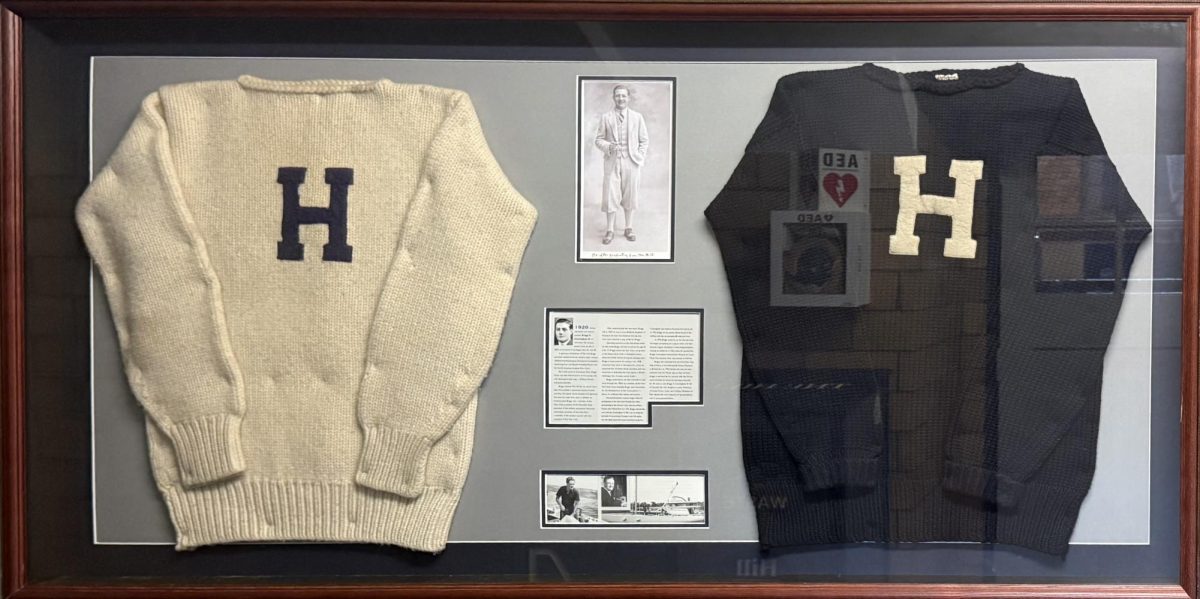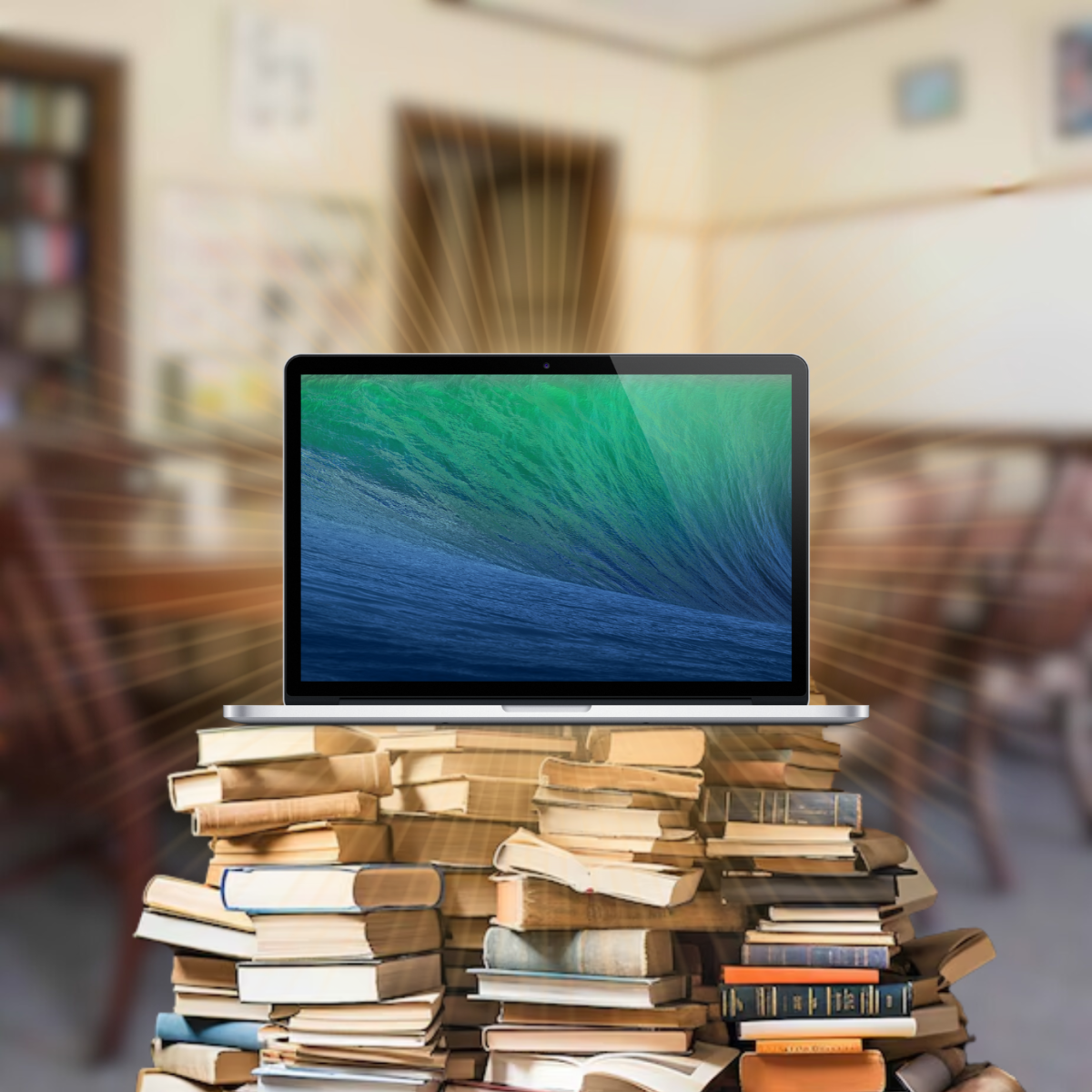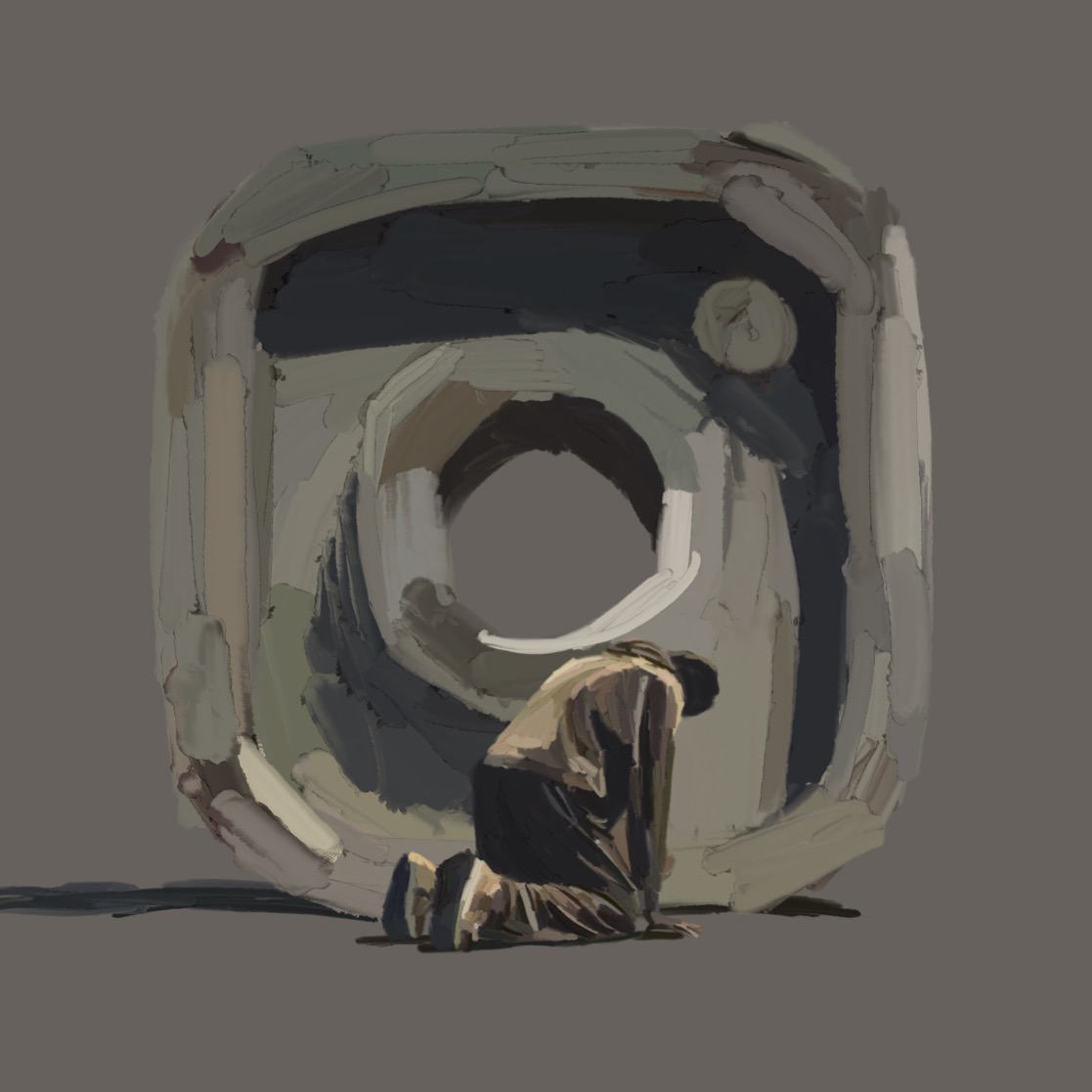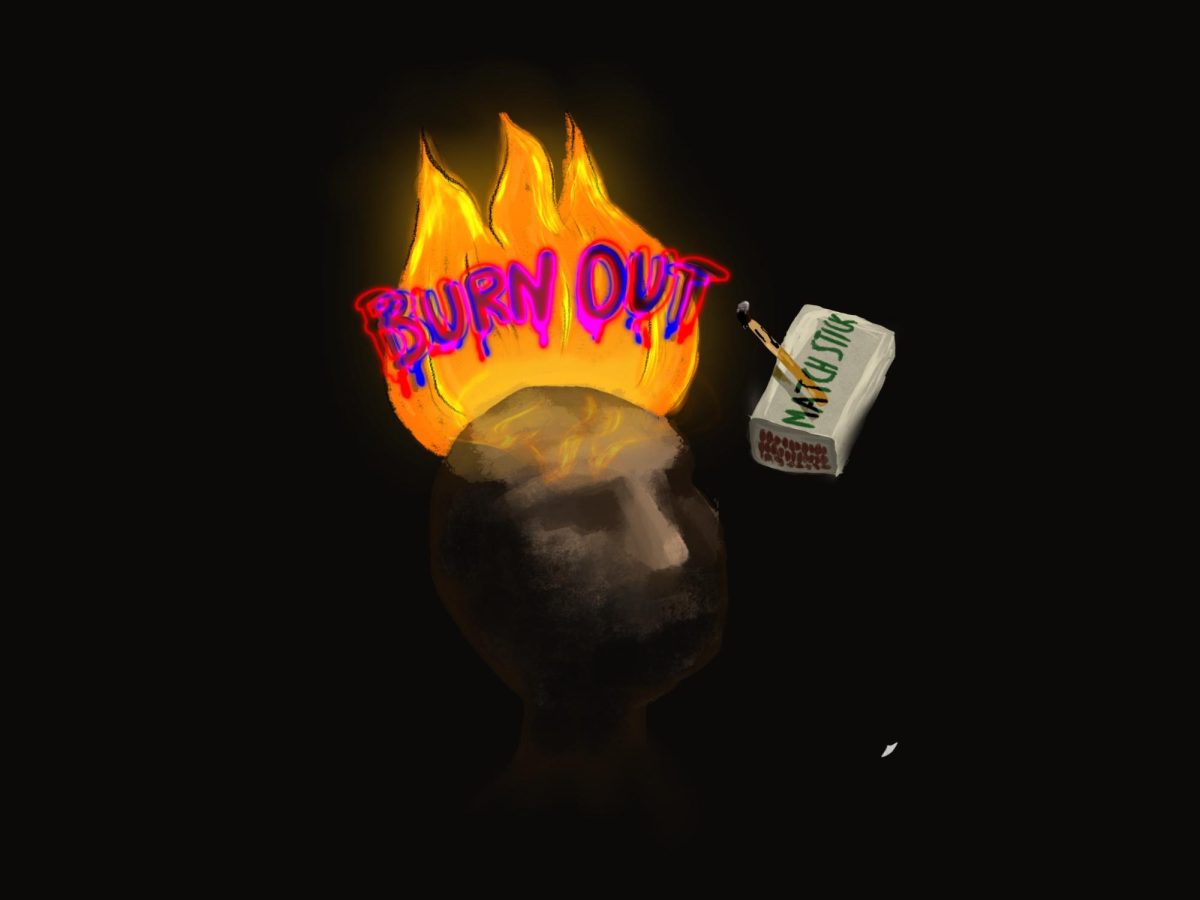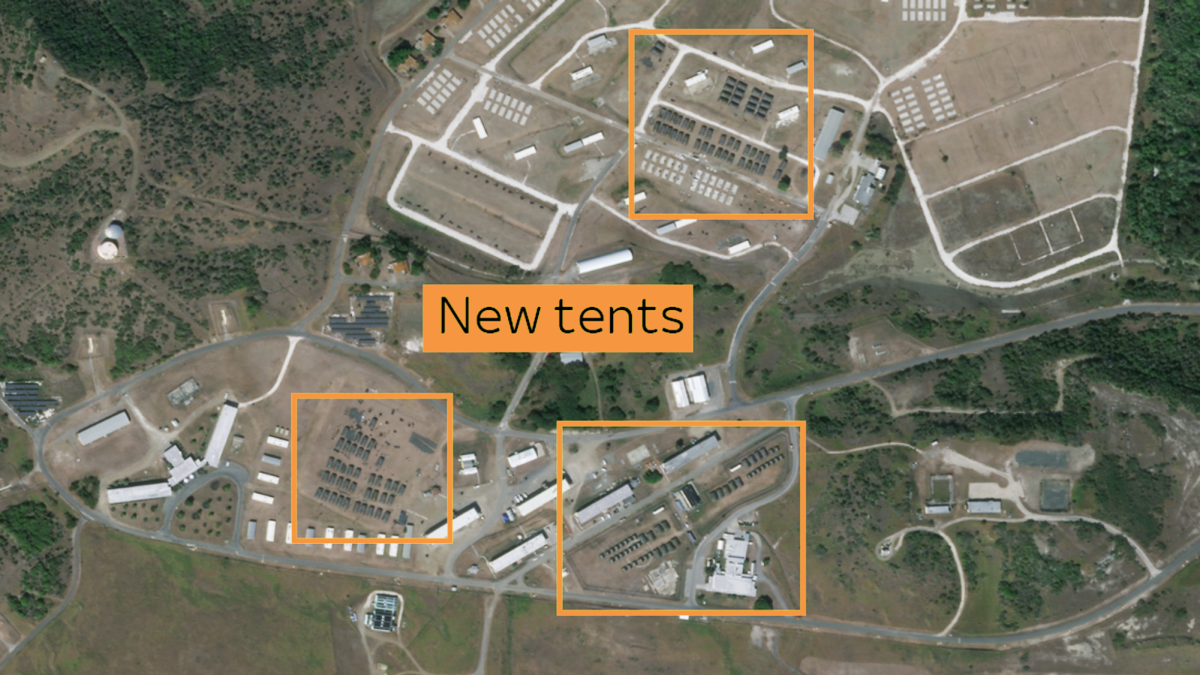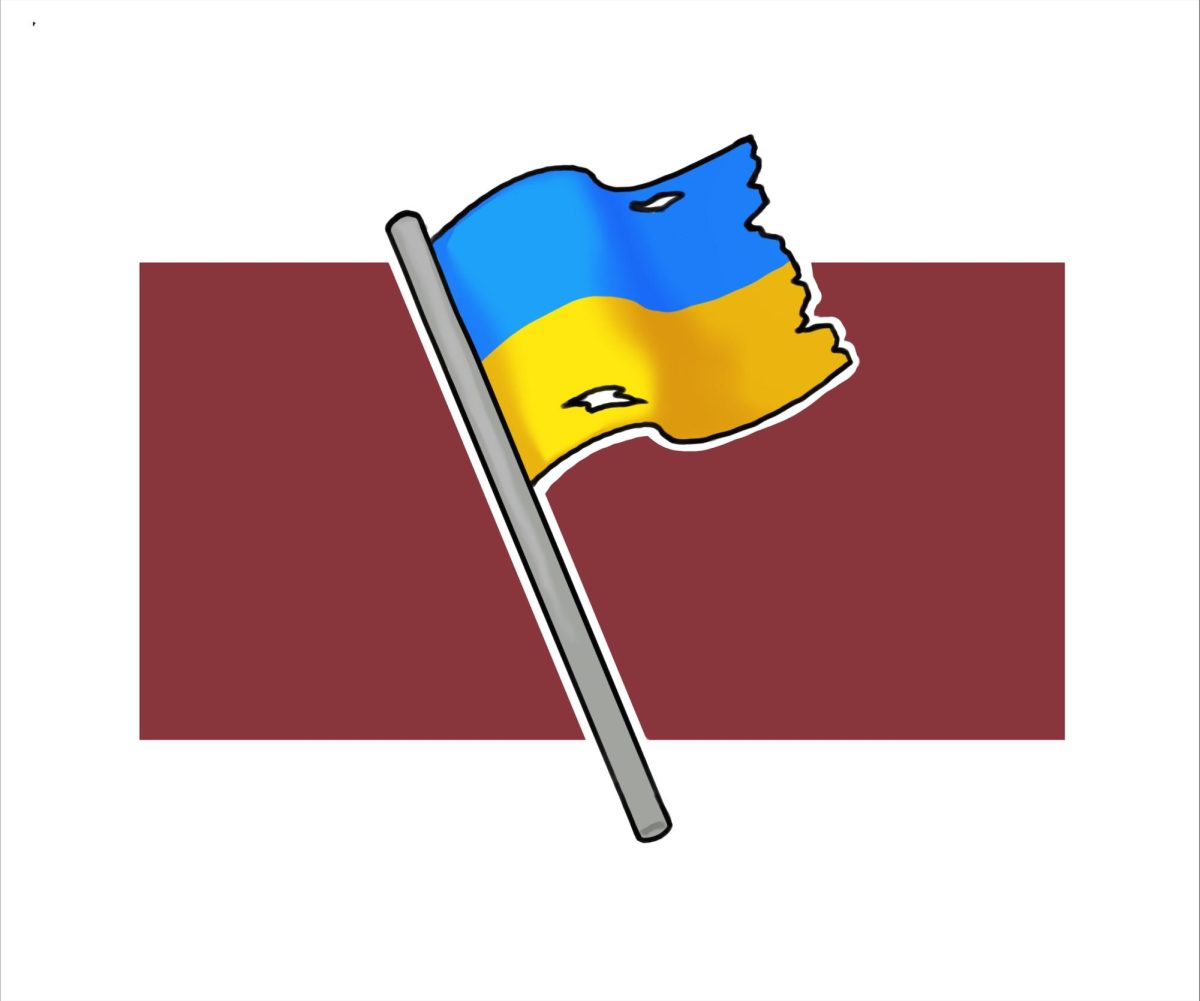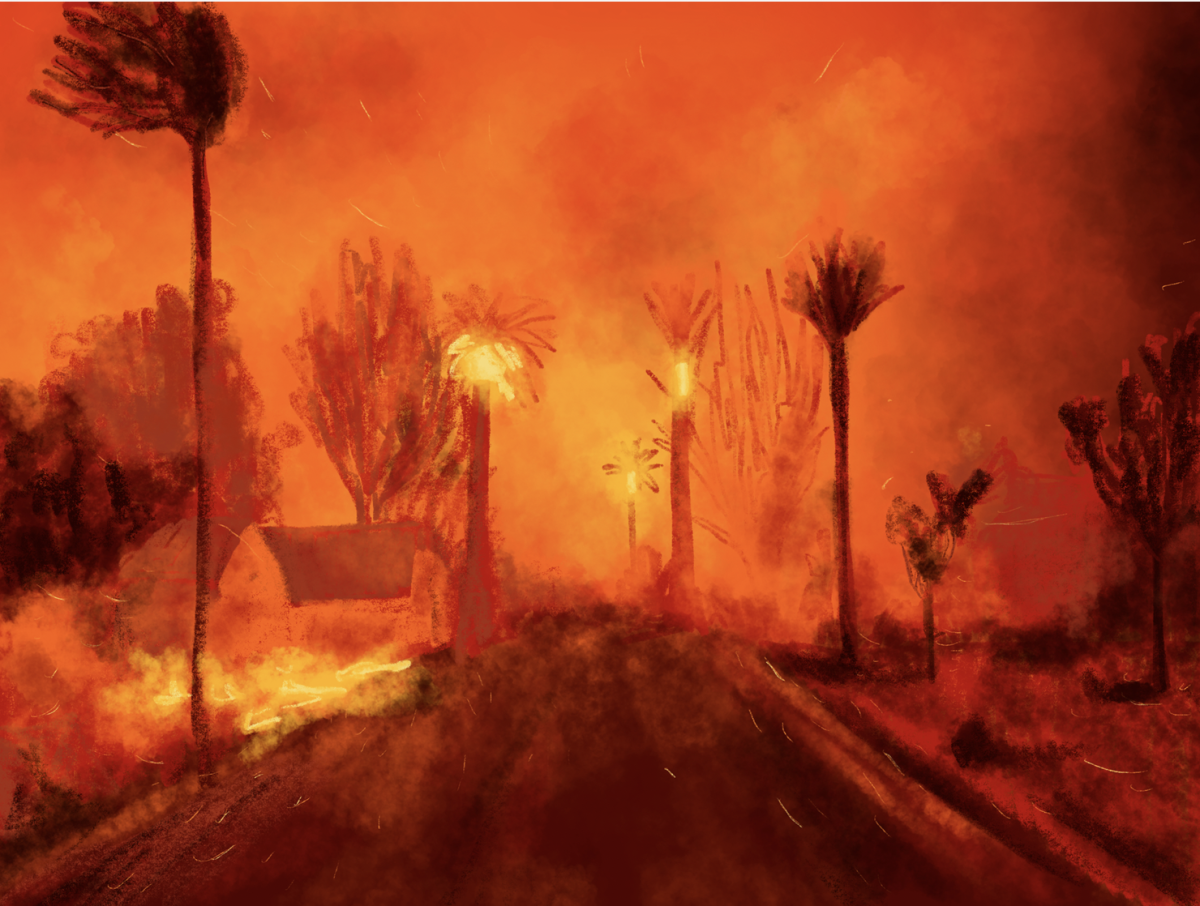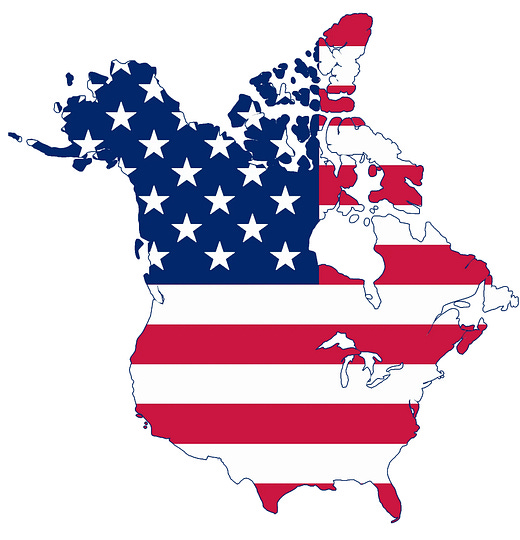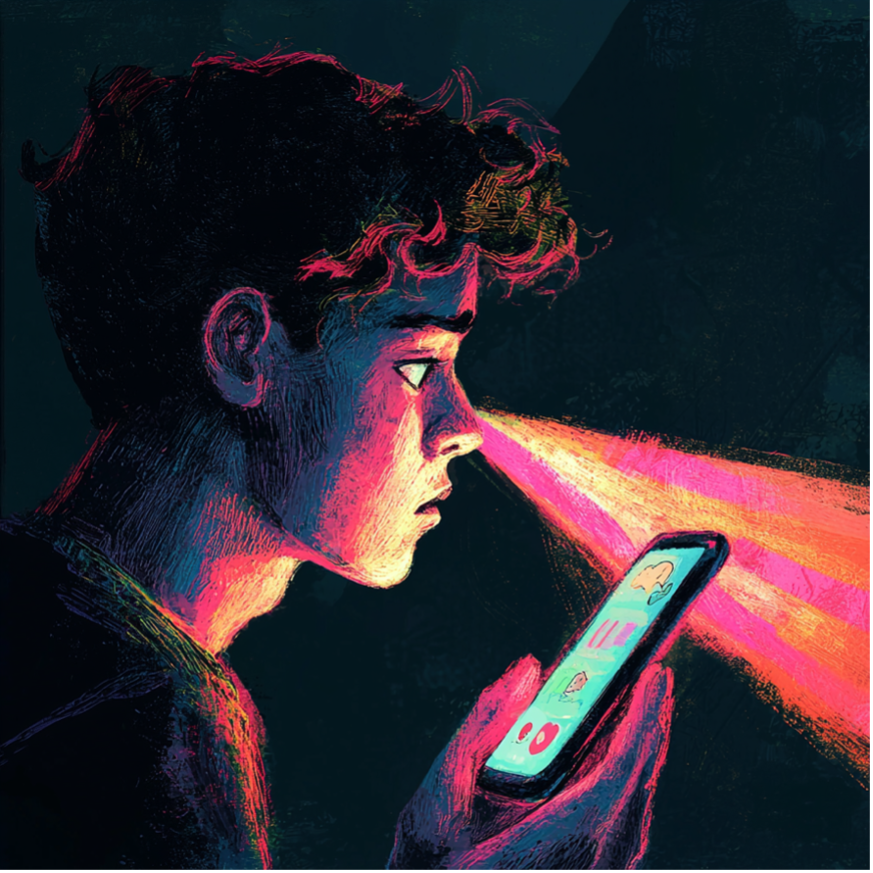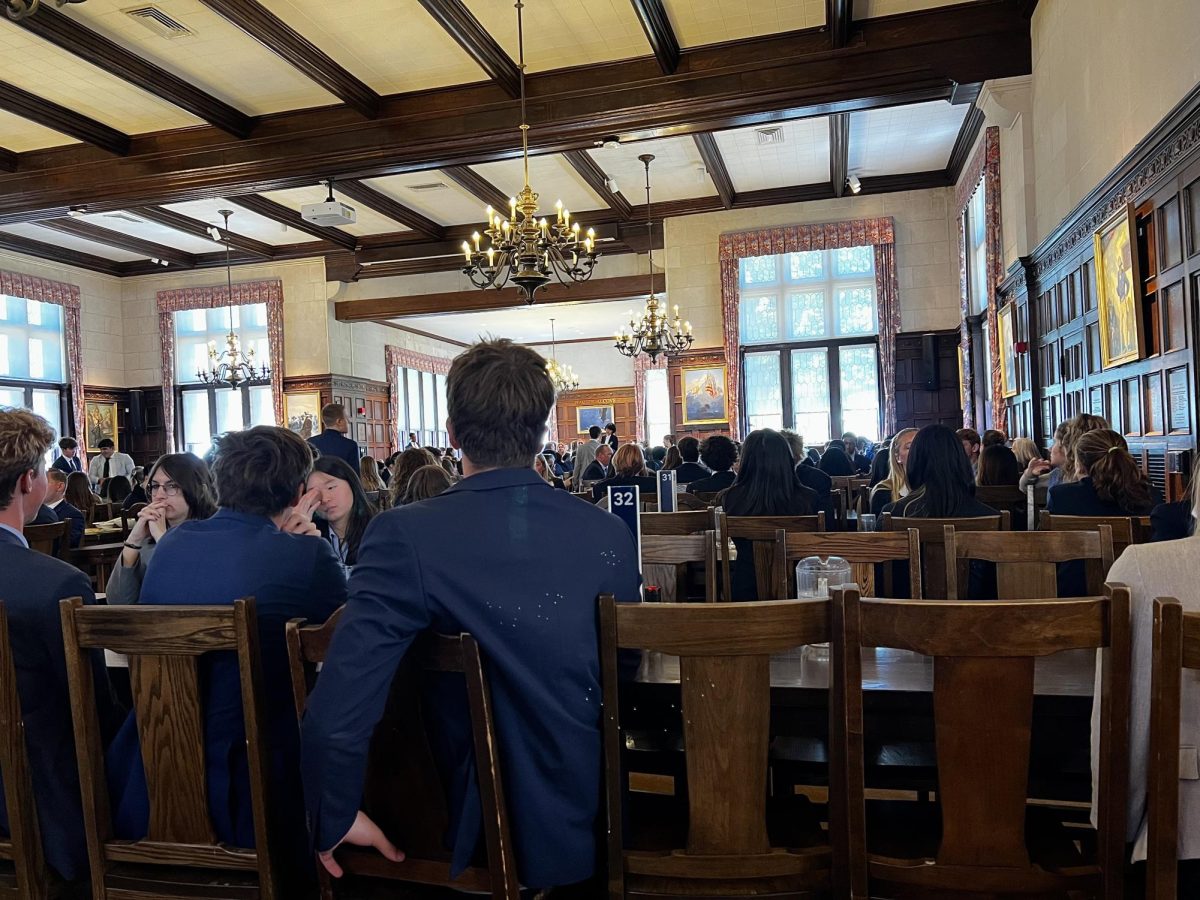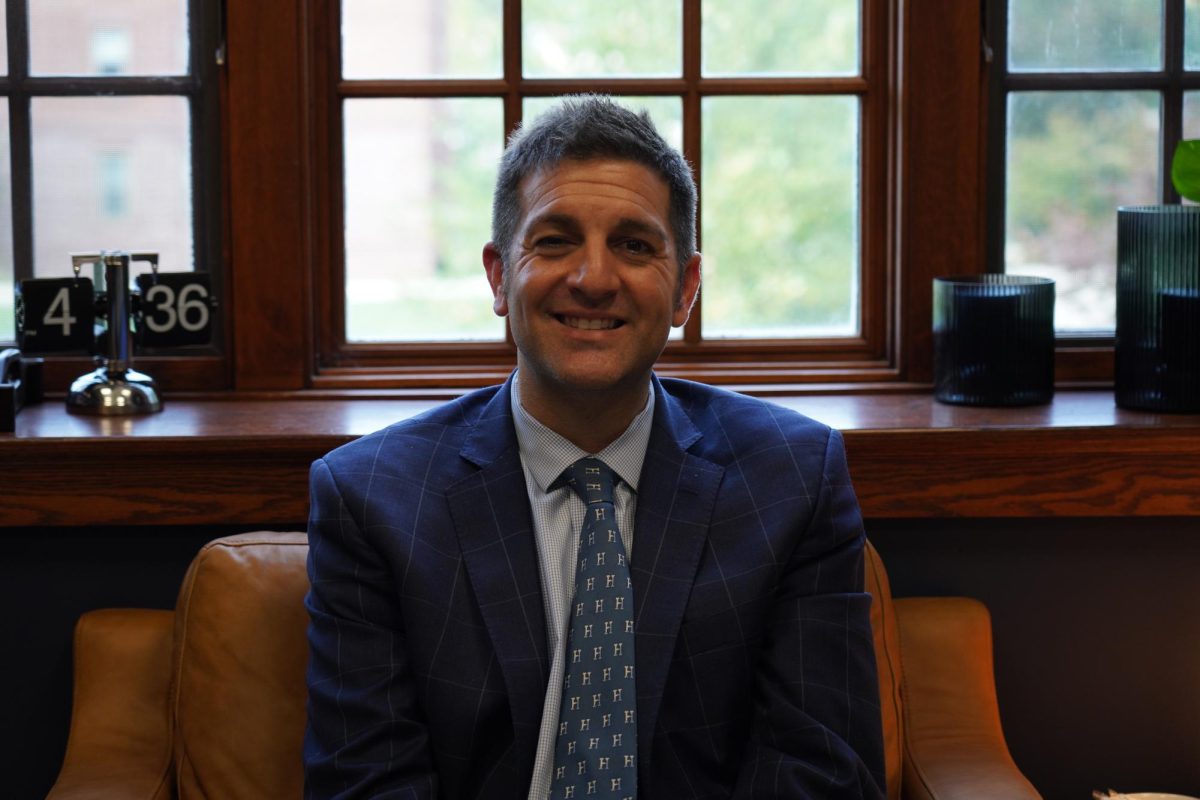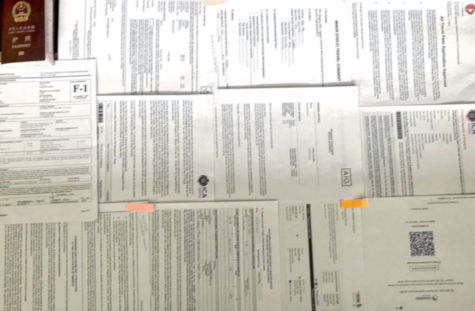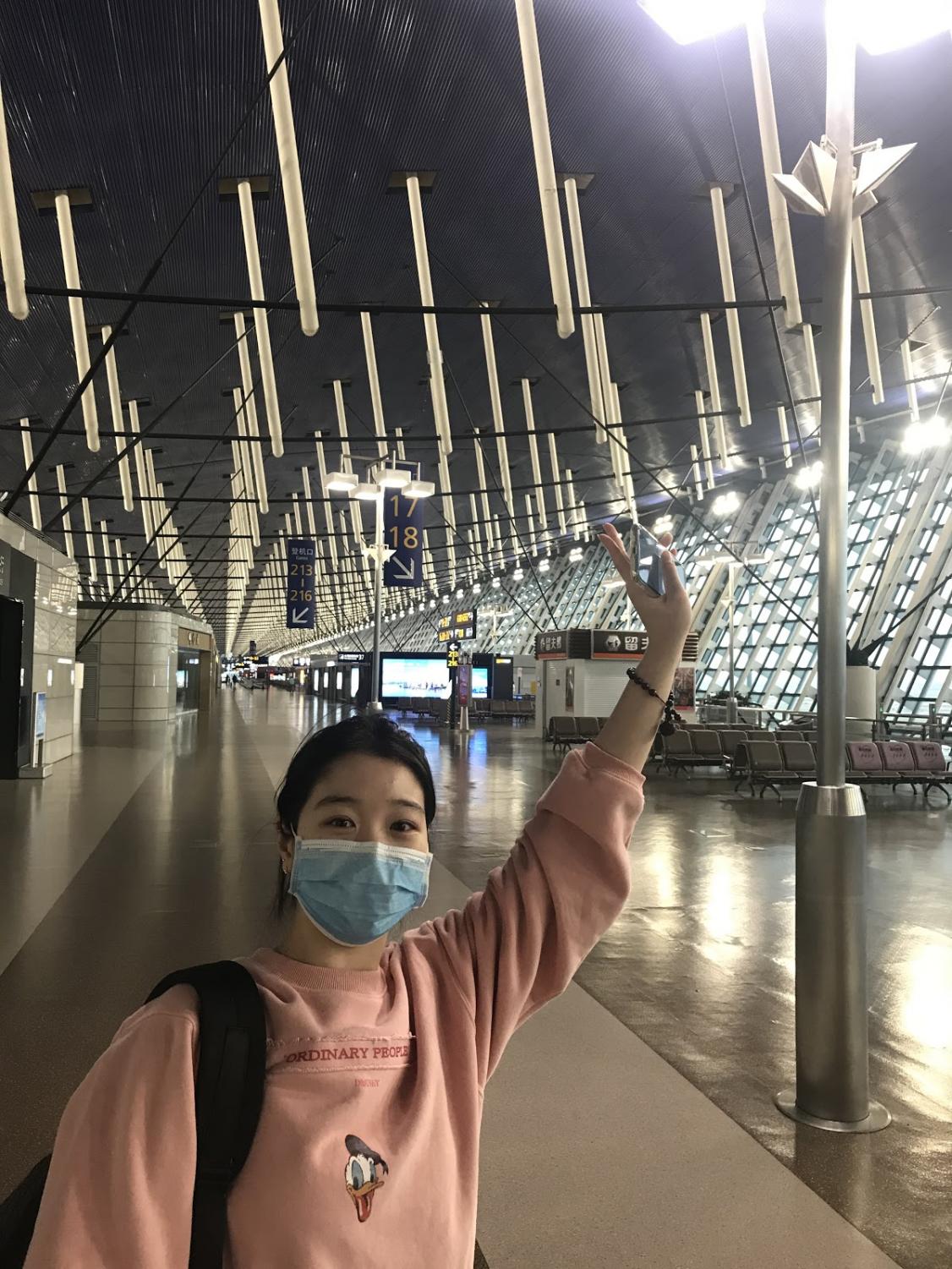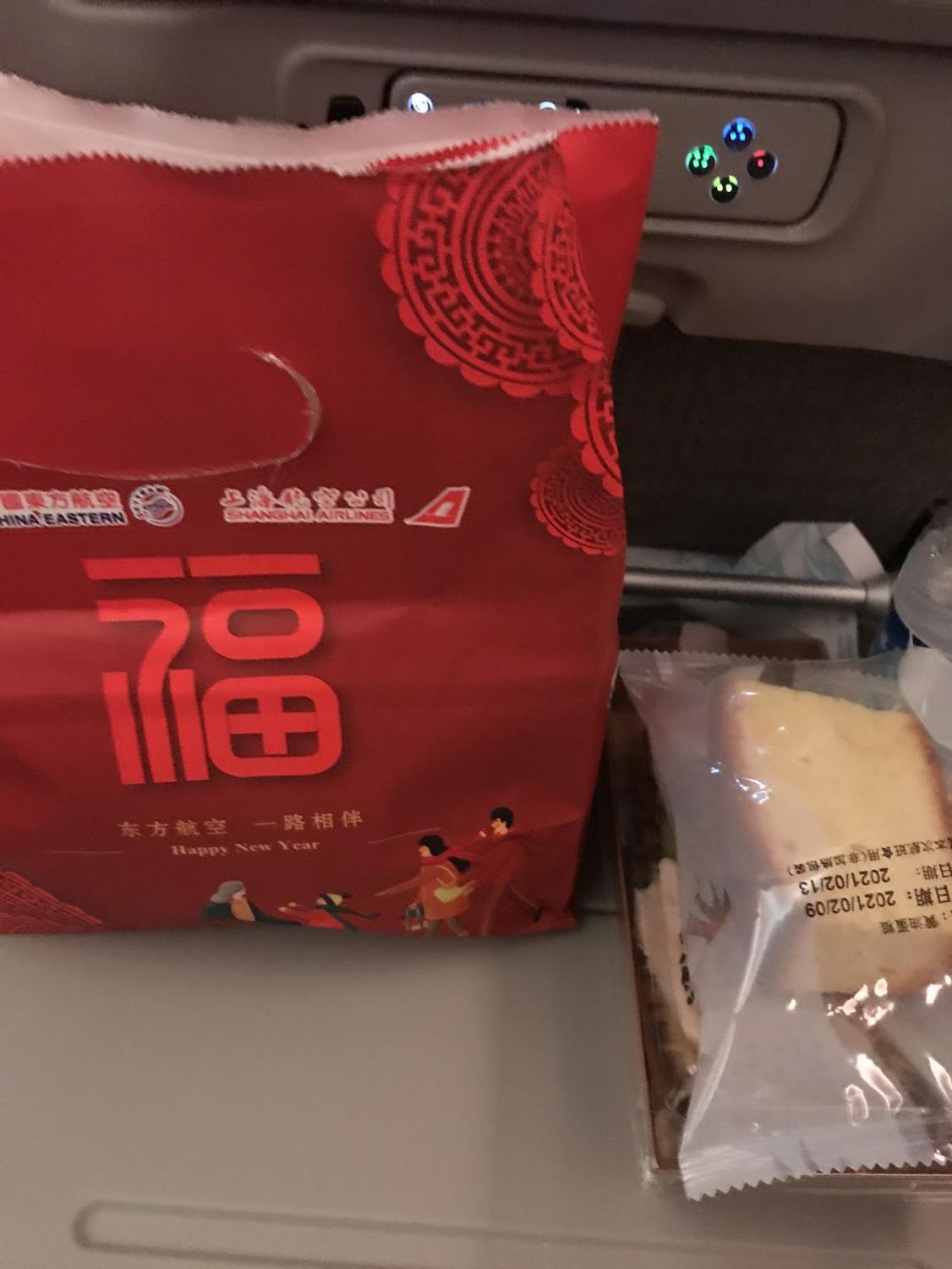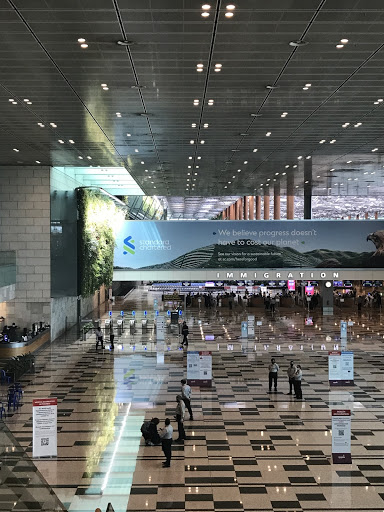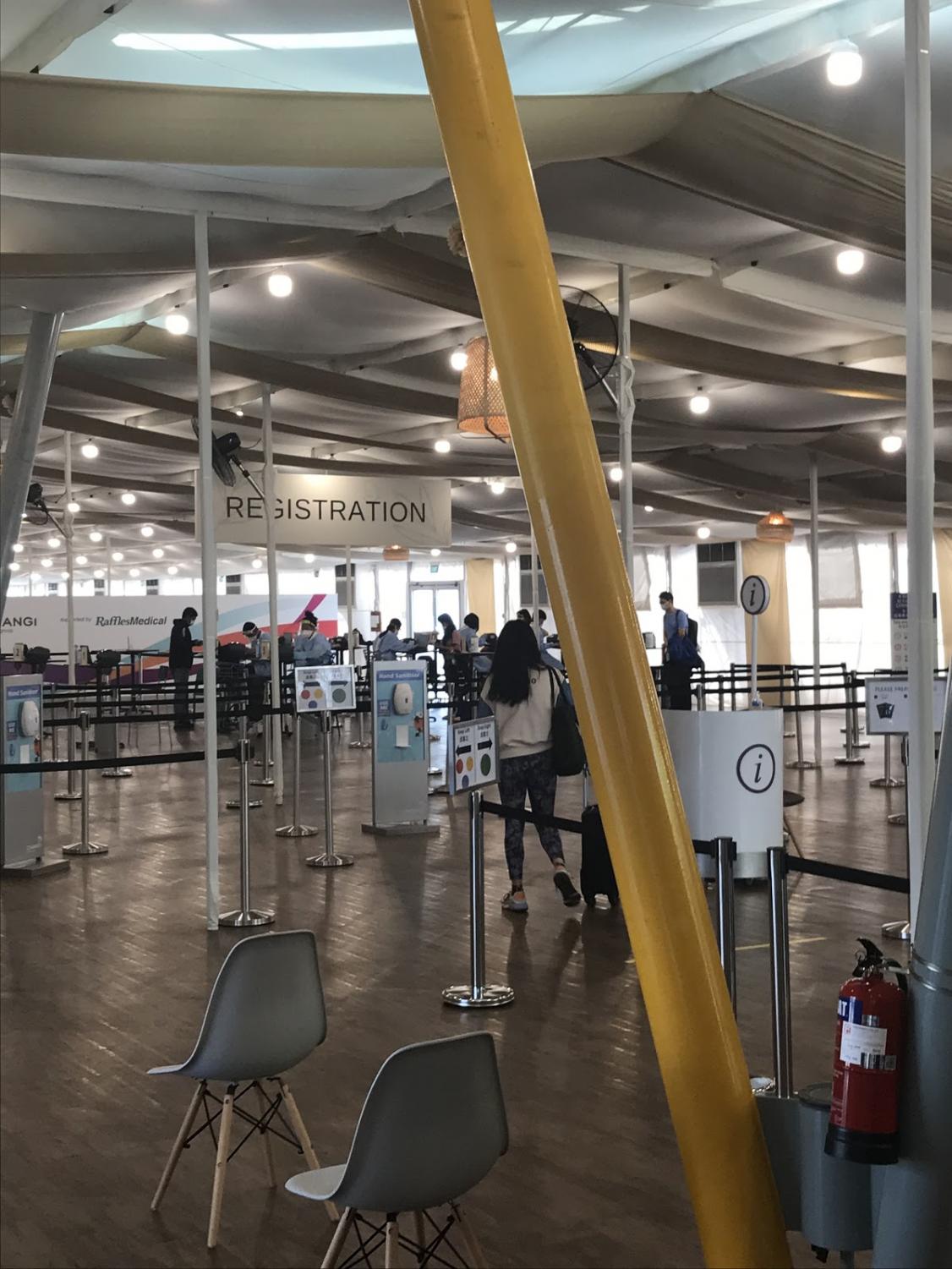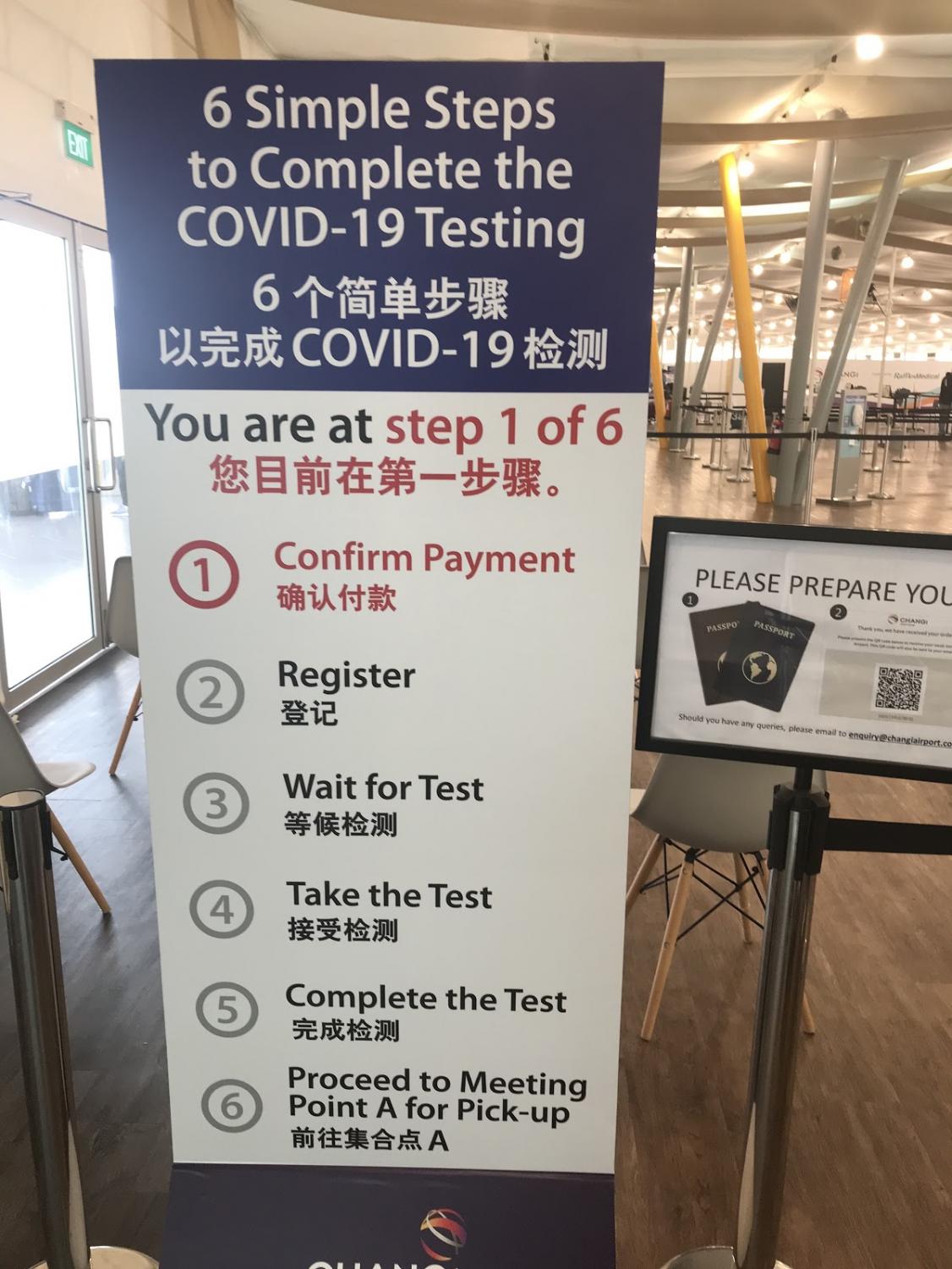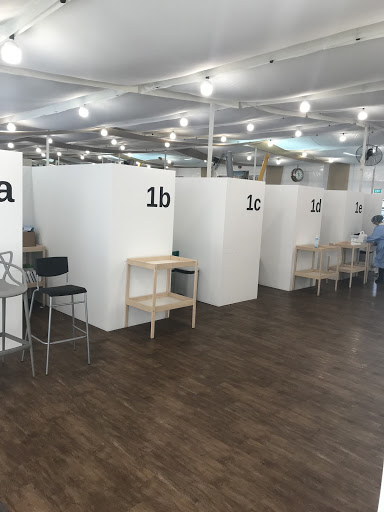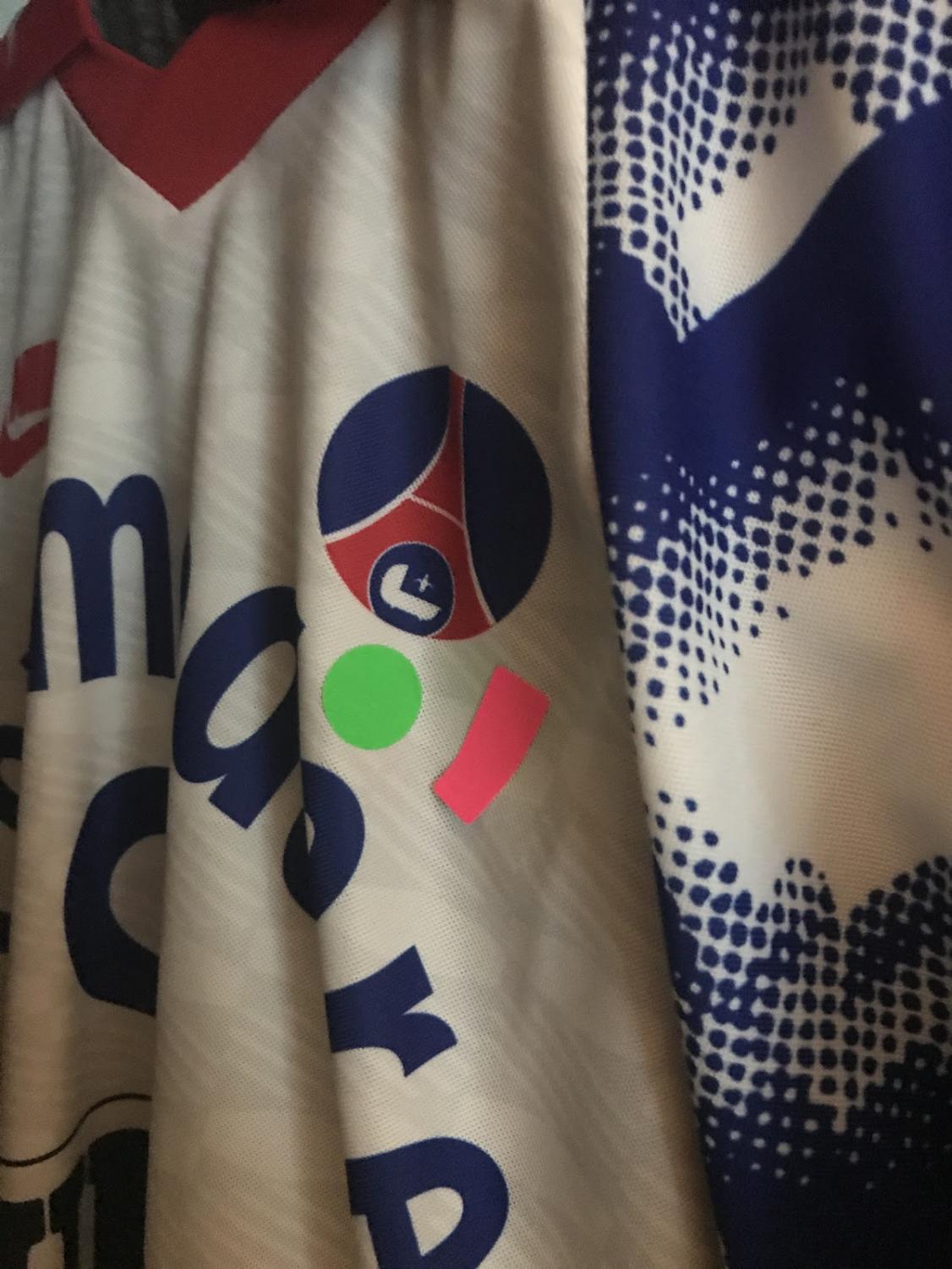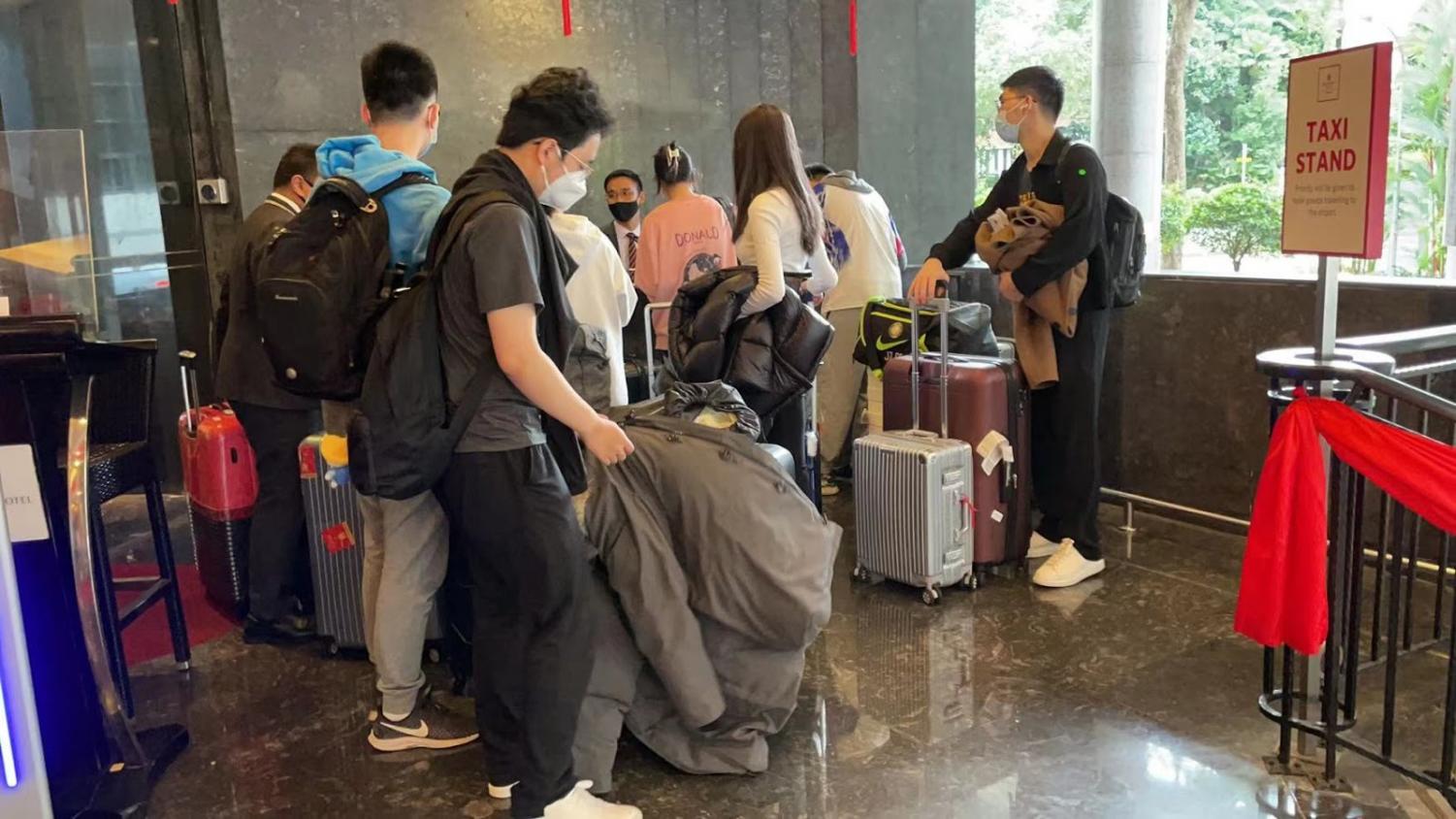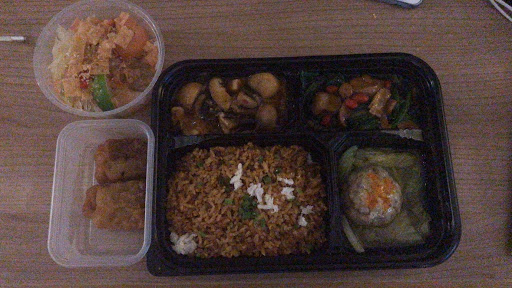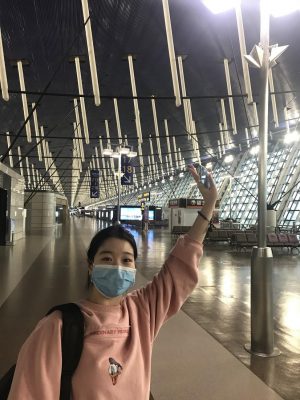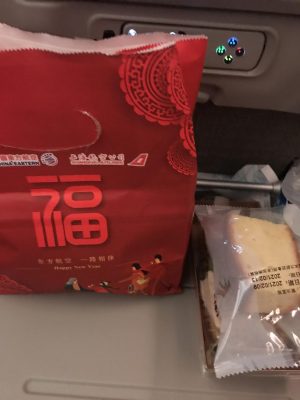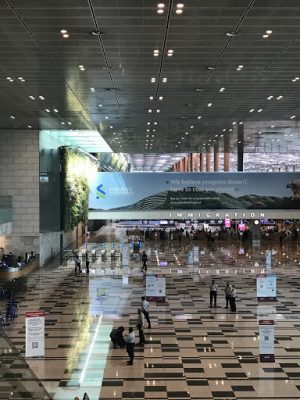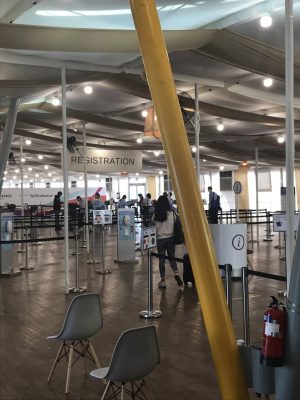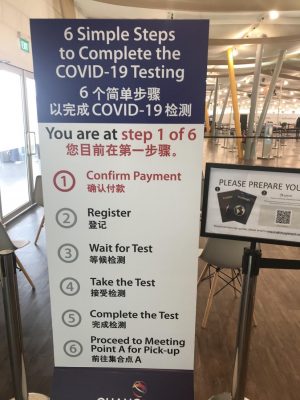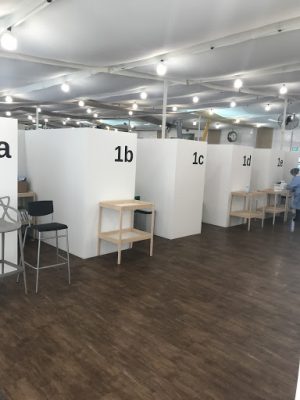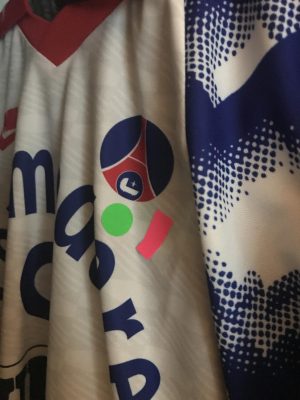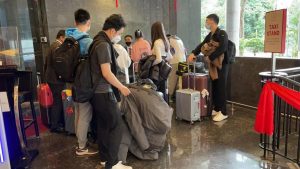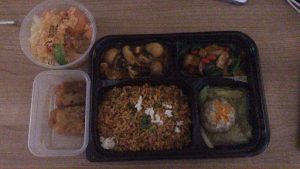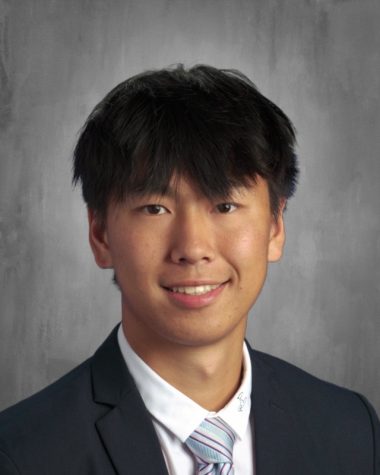Long journey back: how Hill Chinese students are returning to campus through various restrictions
*Editor’s Note: The following is an account from Staff Writer Jason Zhou ’23 as he travels to campus from his home Shanghai amidst the heavy travel regulations dictated by the pandemic. A remote student during the fall term, this will be Zhou’s first time back at Hill since last winter. He will be updating this log consistently and it will culminate in an Instagram takeover on Feb. 25, the last day before he reenters the United States from a quarantine period in Singapore and a full article in Issue 5. Please stay tuned.
As spring term approaches, Hill students are finding ways to come back to campus from all across the globe. The Hill Chinese community is facing challenges in coming back as CDC announced that any foreign nationals who have been in China along with several other countries during the past 14 days may not enter the United States. This means that most of the Chinese international students cannot fly direct to the United States under any circumstances. To counter this travel restriction, some of my fellow classmates and I planned a detailed trip to Singapore before returning to the States. We are set to begin our journey on Feb. 11. I will be recording and writing live to bring you the full coverage of this long journey back to Pottstown.
First of all, the paperwork. Due to COVID-19 regulations, both Singapore and the U.S took a lot of precautions in preliminary paperwork. Besides the usual I20 visa, I have to prepare for my Singapore journey too. Any passenger going to Singapore is required to submit an Air Travel Pass application before being allowed to enter the Singapore border. In addition, a valid Singapore visa issued by ICA is needed. For minors like me, we have to prepare a COVID-19 related insurance, and a minor travelling consent signed by our guardians as well.
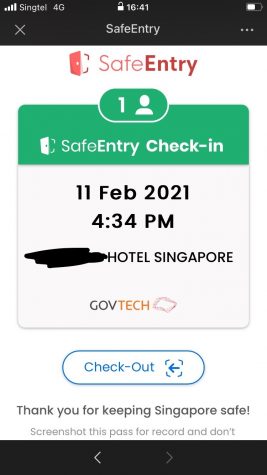
Singapore officials developed the TraceTogether app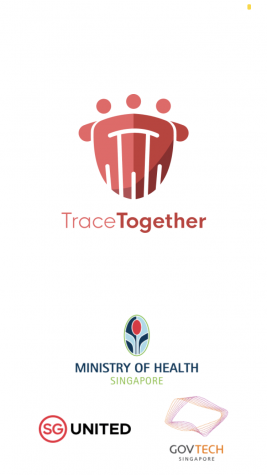 similar to our Hill Trace system. We have to download the app and set up our account before entering the country. It actively tracks our locations in order to prevent potential risks. Wherever we go, we have to scan a QR code and check in in order for the app to trace us.
similar to our Hill Trace system. We have to download the app and set up our account before entering the country. It actively tracks our locations in order to prevent potential risks. Wherever we go, we have to scan a QR code and check in in order for the app to trace us.
First leg: Shanghai to Singapore
There were only three flights on the day when we left Shanghai. Almost everything is closed, and I have never seen such a sleepy airport in my life.
Arriving in Singapore
We arrived at the Changi Airport in Singapore in the morning. The airport officials strictly perform social distancing, and we were asked to do so right after we stepped off the plane. After entering the immigration, our TraceApp got activated. We proceeded to the swab test center. We already paid for our swab test before flying to Singapore and printed out the receipt and a QR code for officials. We registered with the official after handing in our materials, and we received a green sticker, which means we are eligible to get tested. We were brought to separate cubes for our swab test. The nurse that got me tested was the nicest guy I met, but he surely gave me a hard time while he stuck the swab into my nose. After I’m done, I received a pink sticker, which means that I am cleared to leave the airport.
In Singapore, quarantine rules are different and pretty lenient because of the small population and the well-controlled situation. We were asked to put in a declaration when we arrived at our hotel, and we were brought to our hotel rooms with a single-use room card. This is to prevent people from going out while being quarantined.
The rule is, before we get our PCR swab test result, we have to mandatorily stay in our hotel room. There will be meals that were sent straight to our rooms and all we had to do is to wait. The wait wasn’t long at all. Around 9 pm, I received my negative test result via email and I am allowed to leave my hotel room.

